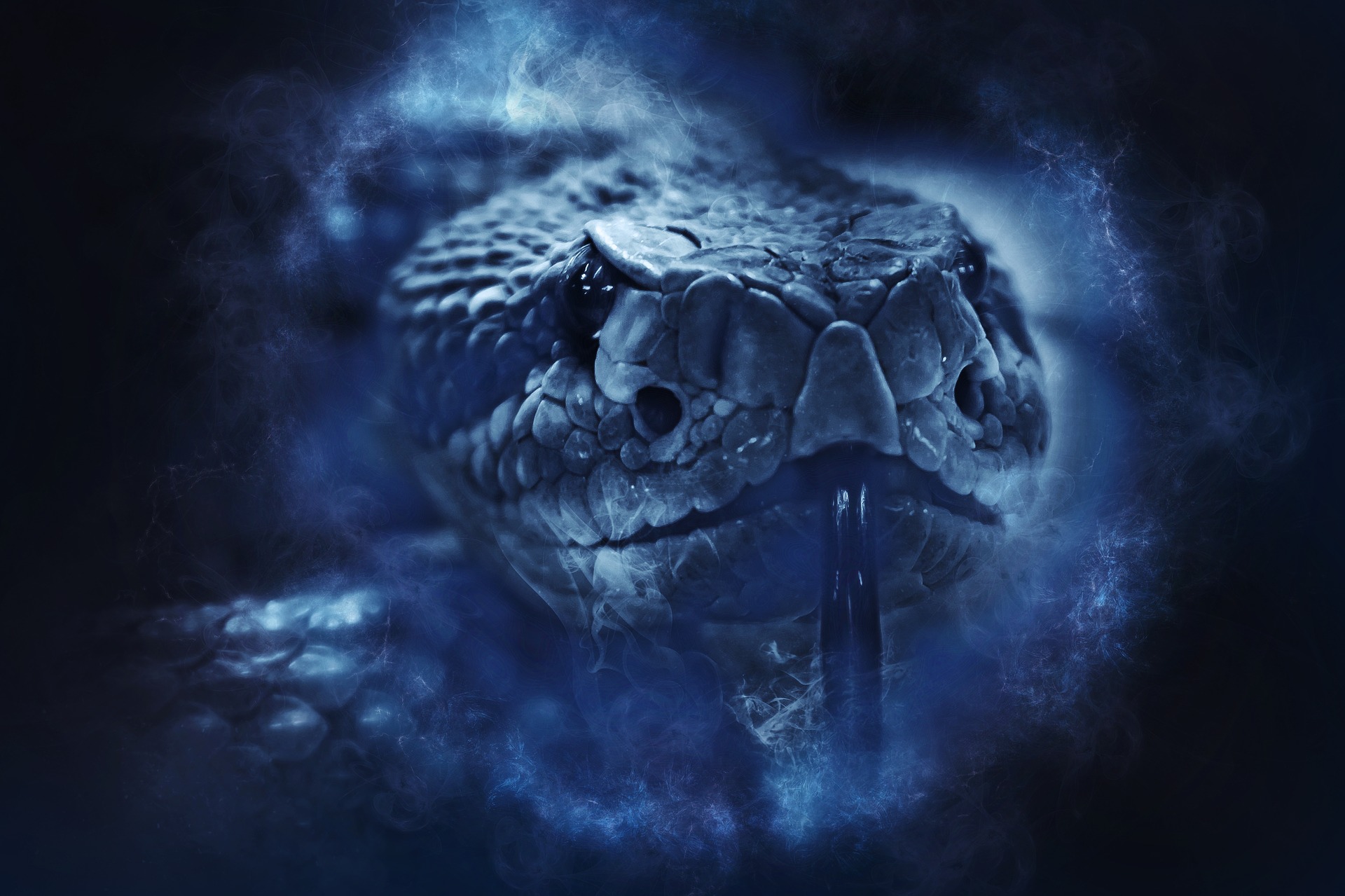These are large and very poisonous snakes, found mostly in North and South America. There are more than thirteen species of rattlesnakes. Arizona is the habitat to almost all the species of rattlesnakes.
The most common thing with all the rattlesnakes’ species is the rattle. To differentiate between the species one checks the different variations of the colored patterns on their skins, which may be either partly brown, black or gray. While others range from tones of cream, yellow olive or right pink. Also, their skins may have patterns that are diamond shaped, blotched or banded, although some rattlesnakes have no identifying patterns on their skins.
Table of Contents
Do rattlesnakes nurse their young?
As we all know reptiles are known not to nurse their offspring’s, but most are very protective of their young ones. Contrary to what many people may think, rattlesnakes do nurse their young ones and they are very protective of them.
Although rattlesnakes can’t feed their young ones as mammal’s do, they do take care of them in other familiar ways as other animals do.
Rattlesnakes do not show extended parental care to their offspring’s but they usually protect them for a short period of time until the young ones are ready to go live out on their own. This short term parental care ensures the rattlesnake’s babies are protected from all predators that may endanger their life until they are in a position to take care of themselves. Mostly rattlesnakes have their babies in July and August. Before rattlesnakes mothers allow their babies to move around they do the first lookout to ensure the environment is safe for their offspring’s and if an offspring’s strays off the mother makes sure it does return to the others where it is safe.
How do rattlesnakes care for their young?
It is not a common thing for reptiles to take care of their young ones, only a few exhibit parental care. One of them are the rattlesnakes. Rattlesnakes’ mothers usually stay with their offspring’s for a short period of time until they complete their first shed, which usually takes about one week. Rattlesnakes’ mothers are darker than their young ones thus making it favorable to absorb heat from the environment, which they later use to help keep warm their young ones. They do this by letting the young ones sit on or near them to gain the heat. The heat gained from their mothers helps the young ones develop fast in terms of shedding and growth. After the first shed, the young rattlesnake can now move out of its mother’s nest and hunt on its own.
For a rattlesnake to fully develop it will take months or years, but it doesn’t make them less dangerous because the rattle babies have a hard, terminal scale at the end of their tails called button.
Why rattlesnakes’ mothers can’t nurse their young?
As said earlier rattlesnakes do nurse their young ones but most people don’t think so because they do believe reptiles do not exhibit parental care as mammals do. Rattlesnakes’ mothers are usually very protective of their baby snakes, opposite of what many people assume. Rattlesnakes have eight to ten babies per clutch, which are usually ten inches long when born. Baby rattlesnakes can do almost everything an adult rattlesnake can except hunting. After the rattlesnakes’ babies are hatched their mother will take care of them by keeping them warm and also protect them from any predators. This mostly happens for a weeks’ time until the rattlesnake’s babies have shed their skin and are ready to leave their mothers nest and go hunt on their own.
How young rattlesnakes’ survive?
As we all know most reptiles lay eggs, and the eggs later hatch to have offspring’s, but this is contrary to what happens with rattles snakes. They give birth to their young ones, usually eight to ten at once. After the birth of this young rattlesnakes, their mother exhibits parental care to them until they are ready to move out of the nest and live on their own. Rattlesnakes babies are born with all the abilities their mothers have except the rattle which appears first after their first shedding. Instead of having a rattle the young rattlesnakes have little knobs on their tails called buttons. Baby rattlesnakes may not have as much venom as their mothers but their venom is still lethal.
Where do rattlesnakes live?
All snakes require a place to live where they can feel safe away from their predators and extreme climatic changes.
Rattlesnakes’ shelter is mostly rocks, thick vegetation’s or burrows. Rattlesnakes are most flexible when it comes to shelter, the use of whatever space is favorable for them to hide from their predators.
All rattlesnakes’ species vary in color and behavior from their habitats. Rattlesnakes are mostly found in North and South America.
